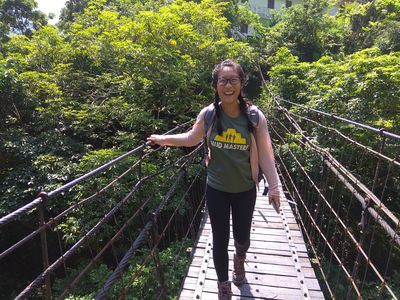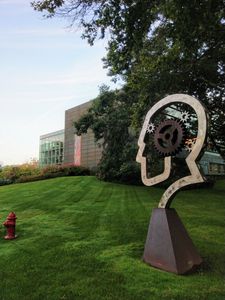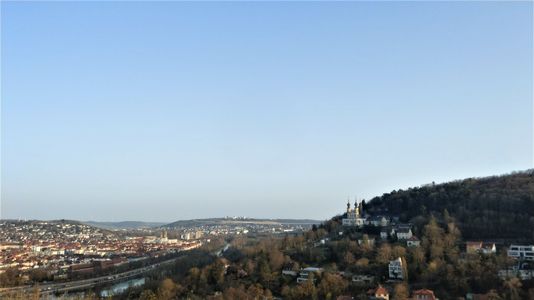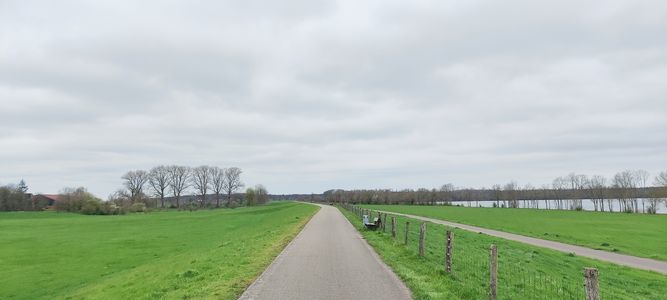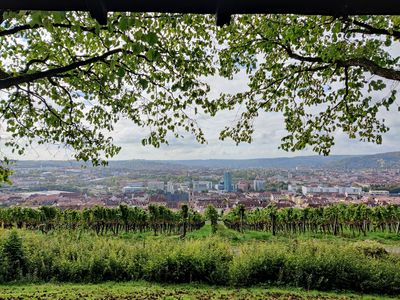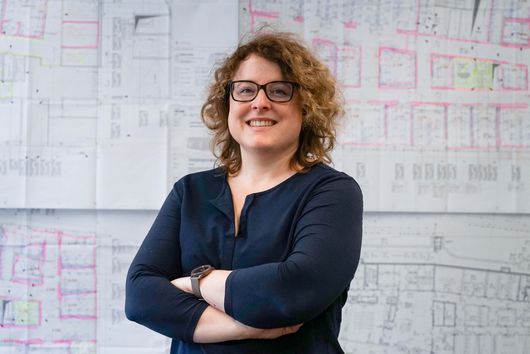
From smallest to largest
Chia-Ling Chou joined the graduate program “RNA & Infection” at the Helmholtz Institute Würzburg (HIRI) in September 2022, making her one of the newest participants. At the HIRI, she investigates non-coding ribonucleic acids (RNAs) in host-pathogen interactions at the single-cell level. While her research is dedicated to single cells, she prefers to focus on the big picture in her spare time.
“It is impressive that science has now progressed to the point where we can look at individual cells one by one,” marvels HIRI PhD student Chia-Ling Chou about single-cell analysis. This approach makes it possible to examine individual cells down to the smallest level using state-of-the-art methods and techniques. This allows scientists to understand, for example, when and which genes are switched on or off in a cell, or how organs or organisms develop.
Targeting individual cells
In Emmanuel Saliba's “Single-Cell Analysis” research group, Chia studies non-coding RNAs that regulate the interactions between pathogens and the human host at the level of individual cells. Non-coding RNAs are RNA molecules that, unlike messenger RNAs (mRNAs), are not translated into proteins. “Research has focused a lot on mRNAs recently, but the human genome contains much more. I want to find out what role non-coding RNAs—especially microRNAs and long non-coding RNAs—play in infections,” says Chia, describing the PhD project she recently started.

Chia in the HIRI lab. © Helmholtz Institute Würzburg / Luisa Macharowsky
Since high school, Chia knew she one day wanted to study biology. “But I didn't want to focus on animals or plants,” she recalls. The Applied Biology study program at the Bonn-Rhein-Sieg University of Applied Sciences was just right for her: “This degree covers human biology, which entails medical research and molecular medicine. It was a perfect fit,” she recalls. Following her bachelor’s degree in Bonn, Chia conducted a master’s in biotechnology in Strasbourg. Research trips took her to the United States and Taiwan. “Through my studies abroad, I not only got to know other approaches and mentalities, but also myself,” says Chia, summarizing her experiences. “I was born in Taipei but never lived there; I grew up in a small village near Krefeld. Everything was very closes there. My studies and travels opened up the world, and I was able to discover my roots—especially through my internship in Taipei.”
Chia learned about the HIRI and its graduate program from a former fellow student who works at the institute. She immediately found the research areas of the Würzburg-based facility exciting. “The HIRI is the first institute of its kind worldwide to focus on the role of RNAs in infections. I found that very interesting,” she says. The graduate program also offered advantages. Prospective students do not apply to a specific laboratory and a defined project, as is the case in other programs. Instead, participants rotate through three different research groups at the HIRI. “I was able to get to know many labs and people in a short time and I gained a clear impression," says Chia. And this impression is a good one: “The group leaders at the HIRI are passionate about their work and care about how the students are doing,” she says, describing the HIRI spirit. There is also a strong sense of community, especially among the HIRI PhD students: “All the students are well connected,” says Chia happily.
The big picture
Chia moved to Würzburg in Lower Franconia for the HIRI graduate program. “Würzburg has a good size. You can get everywhere quickly—also to the countryside,” says Chia. In addition, Würzburg has good public transport. “I can easily explore the surroundings with regional trains. The ICE takes me to Frankfurt and from there I can travel all over the world,” she sums up. She particularly likes Würzburg's fortress, with its views over the city and the Main river. But the young scientist is also fascinated by the vineyards—a walk through this area is a must for all newcomers to Würzburg. “Actually, I like anything that offers a good view of the city,” she sums up. Chia's tip: the “Friedensbrücke“ bridge offers a particularly beautiful view of Würzburg.

